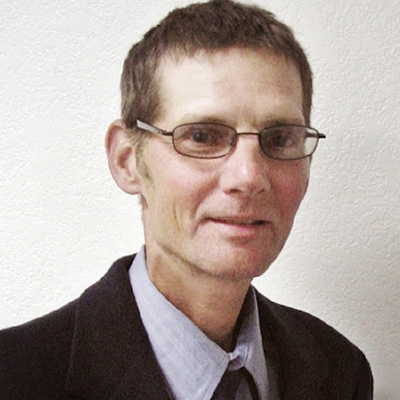Such may be the scary scenario if proposed changes to Tucson's Land Use Code are eventually adopted by the City Council. The revisions will get their first airing at a public hearing next week before the city's Planning Commission.
In single-family residential areas, these design development options would allow building heights to increase from 25 to 29 feet, lot area coverage to increase from 70 percent to 85 percent, and side yards to be reduced from 10 to 6 feet. In commercial zones, fewer parking spaces could be mandated. But to obtain these benefits, builders would have to provide design goodies and go through a more rigorous review process.
"I think this is a win-win situation," says Sarah More of Tucson's Department of Urban Planning and Design. She indicates the changes are being suggested in response to recommendations from a conference held two years ago, along with calls to improve local architecture by providing an alternative to existing zoning variance procedures.
Another more inflammatory reason given by city staff members for proposing the changes is due to actions taken by Tucson's Board of Adjustment. Even though state law places strict conditions on when it can and cannot grant zoning variances, for decades, the board has ignored those rules and routinely approved almost all of the cases it reviews. The revisions to the Land Use Code would address that thorny legal problem.
Currently, zoning variances are only considered by the City Council-appointed board. Under the proposed changes, many of these cases would be handled administratively, while others would be presented to the board after being thoroughly commented on by city staff, neighbors and the city's professionally dominated Design Review Board.
Neighborhood activist Colette Altaffer has been involved with the revision process while taking a quickie course in the obscure alphabet-soup jargon used by planners; she disagrees with More. She sees huge pitfalls with the changes.
"This is a backdoor, improper way to do rezonings," Altaffer says, adding that she thinks the changes simply tell people that the city and development community will do whatever they want. She says it is an attempt by officials to lure foothills residents to move to larger homes inside the city limits--an effort she calls a "naive, simplistic approach."
Planner More, however, believes that the review process built into the revisions may result in better design, along with greater protection for existing residents. She points out that tall homes are already allowed in single-family neighborhoods, and that right now, residents have little say about what is built next to them.
Altaffer believes there is growing anger among Tucson homeowners about the Land Use Code.
"I get the feeling people don't believe the city is doing what needs to be done to protect neighborhoods," she says. "The city has abdicated its duty to plan. They want to rewrite the Land Use Code to allow small builders to re-build the central city and are pretty much allowing developers to do what they want."
Even though she calls the proposed changes an experiment, More wants to try them out.
"They may not do anything to further good design." she says, but hopes to implement them anyway. "The development community has said the code doesn't work, so we can look (at the results) after a year when we have some data."
Altaffer responds that Tucson residents aren't lab rats. But, she concludes, the proposed revisions are just "business as usual," and if approved, people will have to live with the consequences for a long time.
Representatives of the Southern Arizona Home Builders Association last week withheld comment until they had a chance to review the final draft of what seems to be a constantly changing set of revisions. They said that the proposal was being driven by city staff members and was not something SAHBA had requested.
For his part, Planning Commission chairman Robert Patrick is looking for more simplicity in the Land Use Code.
"The code is enormously subjective," Patrick says, "and everyone should be able to understand it. I really don't like the L.U.C. It is very unclear and causes confusion and arguments. It needs to be more simple, direct, and specific."











